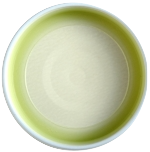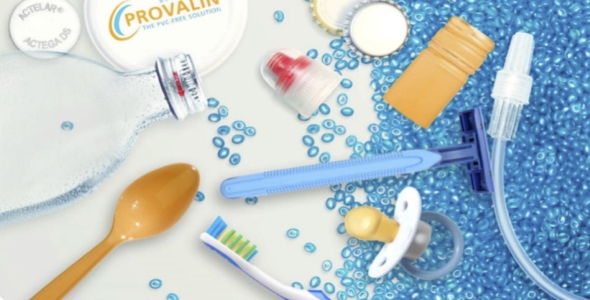|
Elastic, supple and flexible - these are
the typical features of rubber as a material which is familiar to
everyone and prevalent in many forms in our everyday lives.
For some time now, materials have been
available which feel like rubber and are similarly flexible, e,g,
bicycle grips, water hoses, tires for toy cars, sealing rings and door
stops, but which are actually manufactured from "Thermoplastic
Elastomers" (TPE). The similarity with rubber is amazing. But what
exactly are the differences?
Rubber is a caoutchouc product comprising
natural or synthetic rubber. It is a viscously plastic material which
does not become elastic until cross-linking chemicals such as sulfur
or peroxide are added followed by heating, whereby the thread-shaped
rubber molecules are cross-linked as they develop chemical bonds. This
attributes the product its elasticity, and this "vulcanization process"
can only be reversed via thermal destruction.
Thermoplastic elastomers (TPE) behave
differently. As suggested by the name, these materials become plastic
on heating (Greek: thermos = heat) but become elastic again when
cooled. Unlike the chemical cross-linking process undergone by rubber,
this involves physical cross-linking.
In terms of structure,
performance and processability, thermoplastic elastomers are therefore
somewhere between thermoplastics and elastomers. They are
characterized on the one hand, by the classic properties of an
elastomer (elasticity, high thermal and chemical resistance) and the
ease of processing of a thermoplastic, on the other. Elastomeric
materials, such as crosslinked EPDM or natural rubber, cannot be
melted by addition of heat and are therefore very costly to process.
Thermoplastic elastomers can be melted because they are not
crosslinked chemically and thus brought into the desired shape when
heat is applied. TPE are also environmentally friendly as they can be
easily recycled and used again.
Since first being applied for toothbrush
and razor handles more than 80 years ago, TPE have revolutionized the
market and not only in the area of bodycare products. TPE are also
used in furniture, in the area of medical technology and finally in
food packaging.
And in the sealing material for metal
closures since the development of PROVALIN®, for example.
Representing a key step toward consumer protection as there has not
been any really practical and feasible solution to date and migration
from lid seals into contents has represented a serious issue. |



